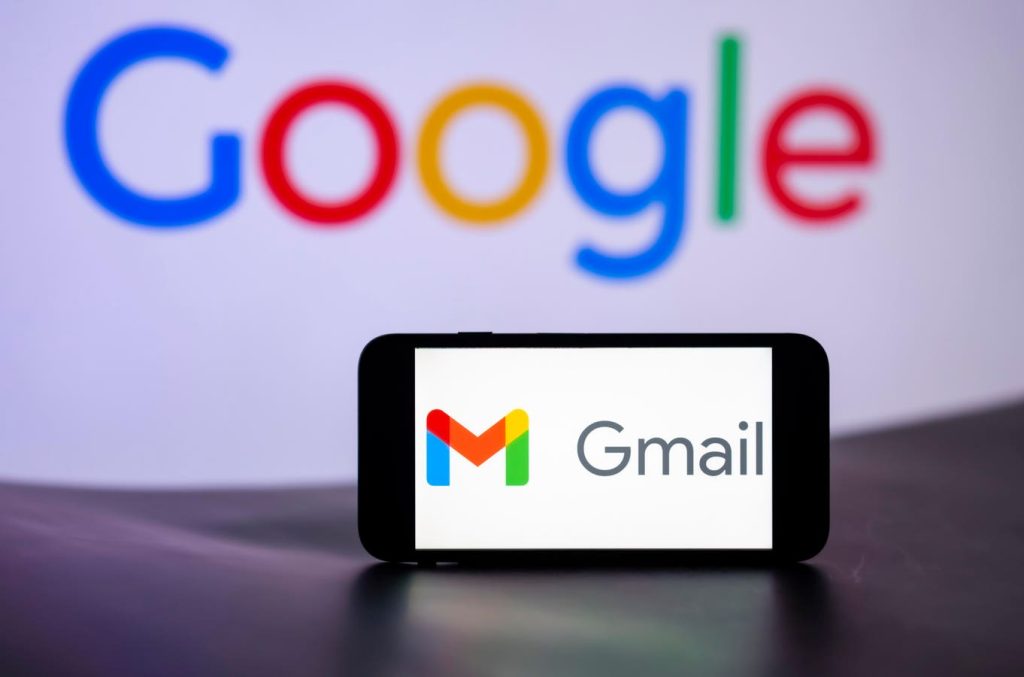Not all Google security warnings concern a surge in attacks requiring you to update your Gmail password, or vulnerabilities in the Chrome browser, or even an invisible hacking threat that can erase your Android phone data. Some, as was the case of the three security warnings that dropped in my Gmail inbox from Google just this last week, are less immediately frightening, but require your immediate attention nonetheless. Attacks are out of your control, all you can do is mitigate against the threat they pose, and that’s what these new Gmail warnings are all about: putting you back in control of your account security. But you must respond quickly — here’s why.
Google’s Gmail Security Warning Number One
The first warning arrived in my Gmail inbox on July 29 and is definitely of the respond immediately variety. “Your personal info was found on the dark web,” it stated, urging me to review the results. Truth be told, I didn’t, and you shouldn’t need much persuasion. After all, what’s the point of being signed up to Google’s dark web reporting if you don’t? The information provided by the report can be sorted by such things as emails, passwords, usernames and other data. The most important, of course, being the password entries. As soon as you discover that your credentials have been leaked onto the dark web following a breach of any service, you should immediately change your password. You should also change the password at any other service or platform where you have reused it. This is a Gmail security warning that you must not ignore, and it’s just the first of three in as many days that I received.
Google’s Gmail Security Warning Number Two
The second security warning to drop in my Gmail inbox from Google also arrived on July 29 and had the slightly confusing subject of “Sign into your Google account.” I say confusing, from my perspective as a security wonk and likely yours if you’ve read any of my, or other security wonks’, warnings about phishing emails impersonating Google and asking you to do just that. Opening the email didn’t help much, seeing as it consisted largely of a link asking me to sight in and a button doing the same, all tactics employed by hackers looking to compromise your account. I knew it was a genuine communication, however, as I received a copy to an email account that I have as the recovery account for the one the warning referred to, a Gmail address that nobody else would know is connected in this way.
And the reason for wanting me to sign in? Yes, it’s a new message about an old issue: an inactive Gmail account. “You’re receiving this message because your Google Account has not been used in at least 8 months,” the warning stated, adding that Google might delete activity and data if said account is not used within a two-year period. The reason behind the inactive account policy? They are far more likely to be compromised than an active one, according to Google and other security experts. “Our internal analysis shows abandoned accounts are at least 10x less likely than active accounts to have 2-step verification set up,” Ruth Kricheli, a vice president of product management at Google said. Boris Cipot, senior security engineer at Black Duck, confirmed that “in the event of a data breach, attackers can use your outdated information to gain access to your current accounts or trick you into revealing more.”
So, you know what to do if you get this security warning: sign in and save your account. It really is that simple. You don’t have to follow the links in the email, in fact I’d suggest for improved security that you don’t, rather go directly to the account using your web browser or the Google app.
Google’s Gmail Security Warning Number Three
The final part of this security warning triumvirate arrived a day later, July 30, in the shape of a Gmail message urging me to “Help strengthen the security of your Google Account.” Now, in a way, this is related to security warning numbers two, in as far as it concerns something that has not been used in a while. But in this case, it’s a device rather than an account itself. “Remove access from devices that you don’t use anymore,” the warning continued. In this case it was, as my Gmail message told me, a tiny smartphone called the Unihertz Jelly 2E that had not been “used in a while,: and, as such, should be removed. “You should only stay signed in on devices that you use and trust,” the warning said, and that’s excellent advice. Each redundant device is just another extension of the potential threat surface as it relates to your Google account and, of course, your Gmail account as part of that.
The best mitigation is, as recommended by Google, to run a security checkup that will find such redundant devices and provide a myriad of other personalised security recommendations, including your Gmail settings. You know what to do, maybe don’t wait until you get a Gmail security warning email to do it, though: act now and stay secure.
Read the full article here









